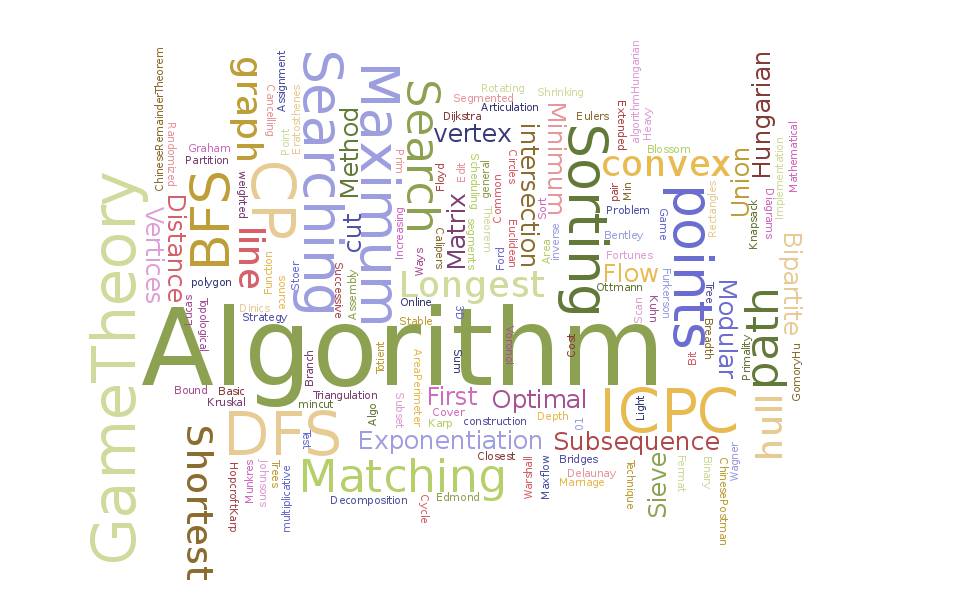Questions:
John R. Gallagher argues that students because are gearing their projects toward their teachers, that teachers need to be showing their students how to address other audiences. Gallagher gives us an example of this through how he taught his own class with blogs. In what ways did his teaching methods work to teach the students how to circulate their own texts? How does working toward such circulation restrict the student’s creativity and writing for their blog?
Before reading “Writing for Algorithmic Audiences” I thought algorithms were what Jordyn thought, a big jumbled mess of numbers and letters like what we see in the movies. Or specifically what I’ve seen my brother write up, his fingers flying along the keys, as he codes. I had no idea that algorithms had anything to do with audience or circulation of text.
Gallagher’s argument mostly centers around the idea that in algorithms play a role in audience and how teachers should consider that when teaching students how to write for internet platforms. He defines algorithm as, “…a set of instructions for performing a task or solving a problem.” Of course audience is something that is highly taken into consideration when writing for internet platforms. Gallagher uses the example of Facebook and how audience and algorithms play in that because of the format and overall mechanics of the social media website. This is shown mostly through the website’s news feed which algorithm sets the most popular articles first. I found this really interesting because I don’t know much about Facebook I’ve never had social media. It’s also a very small thing that it’s interesting that he drew attention to it, but at the same time the algorithm, by putting the most popular article first is drawing a certain type of audience.
Using Facebook as an example still, Gallagher gives an example saying that because the news feed posts are based on what is most popular then, “The student might also comment on an older photograph with many “likes” in order to push that post back into the newsfeed of their friends. By attending to content in this way, the student demonstrates an awareness of Facebook’s algorithm as part of their perceived audience.” Gallagher brings up an interesting point here. If we understand the functionality of the algorithms of these digital platforms, then we can help draw a certain audience to what we write.
Word Count: 399
Works Cited:
“Writing for Algorithmic Audiences.” Computers and Composition, JAI, 17 July 2017,
www.sciencedirect.com/science/article/pii/S8755461516300652.
